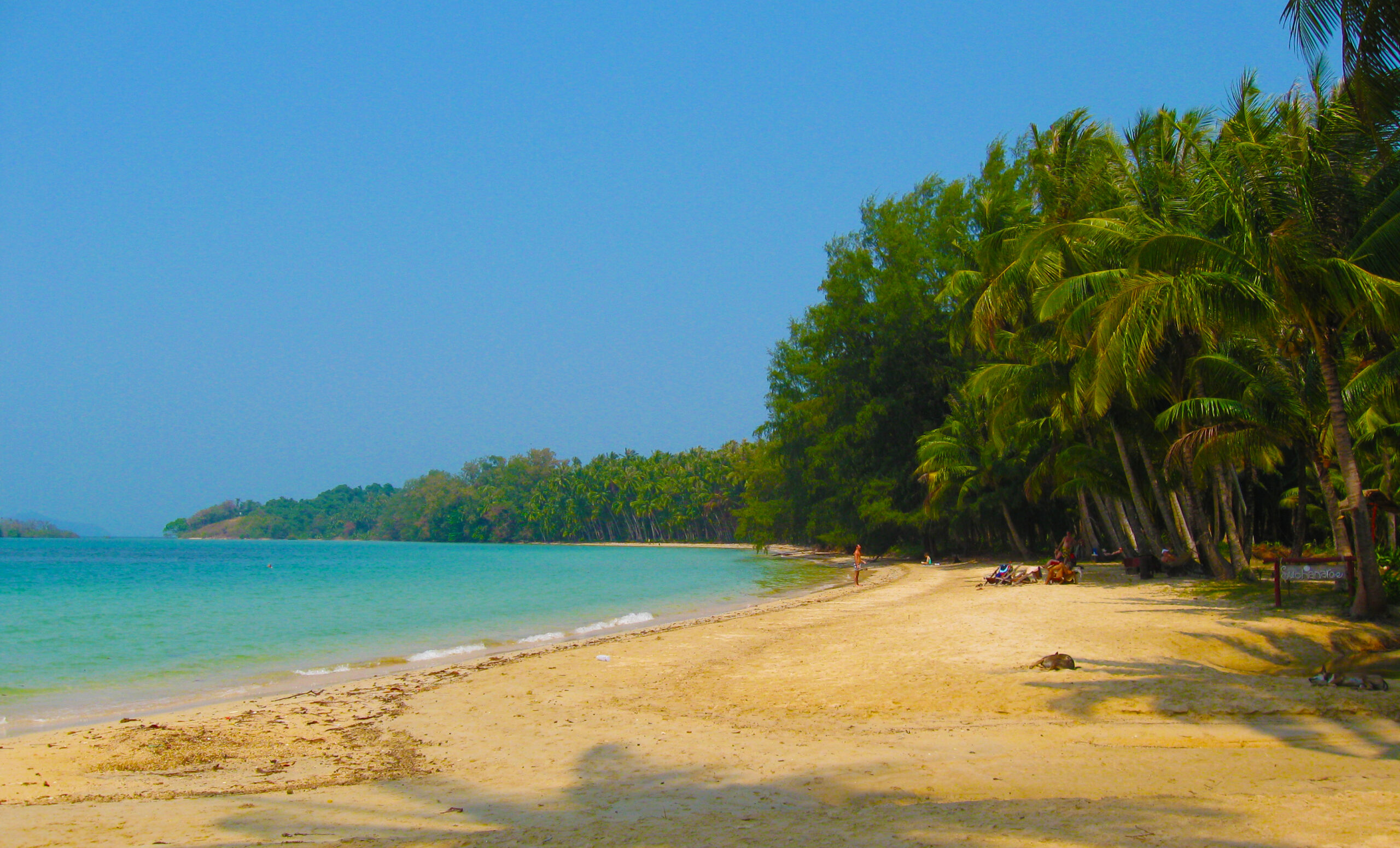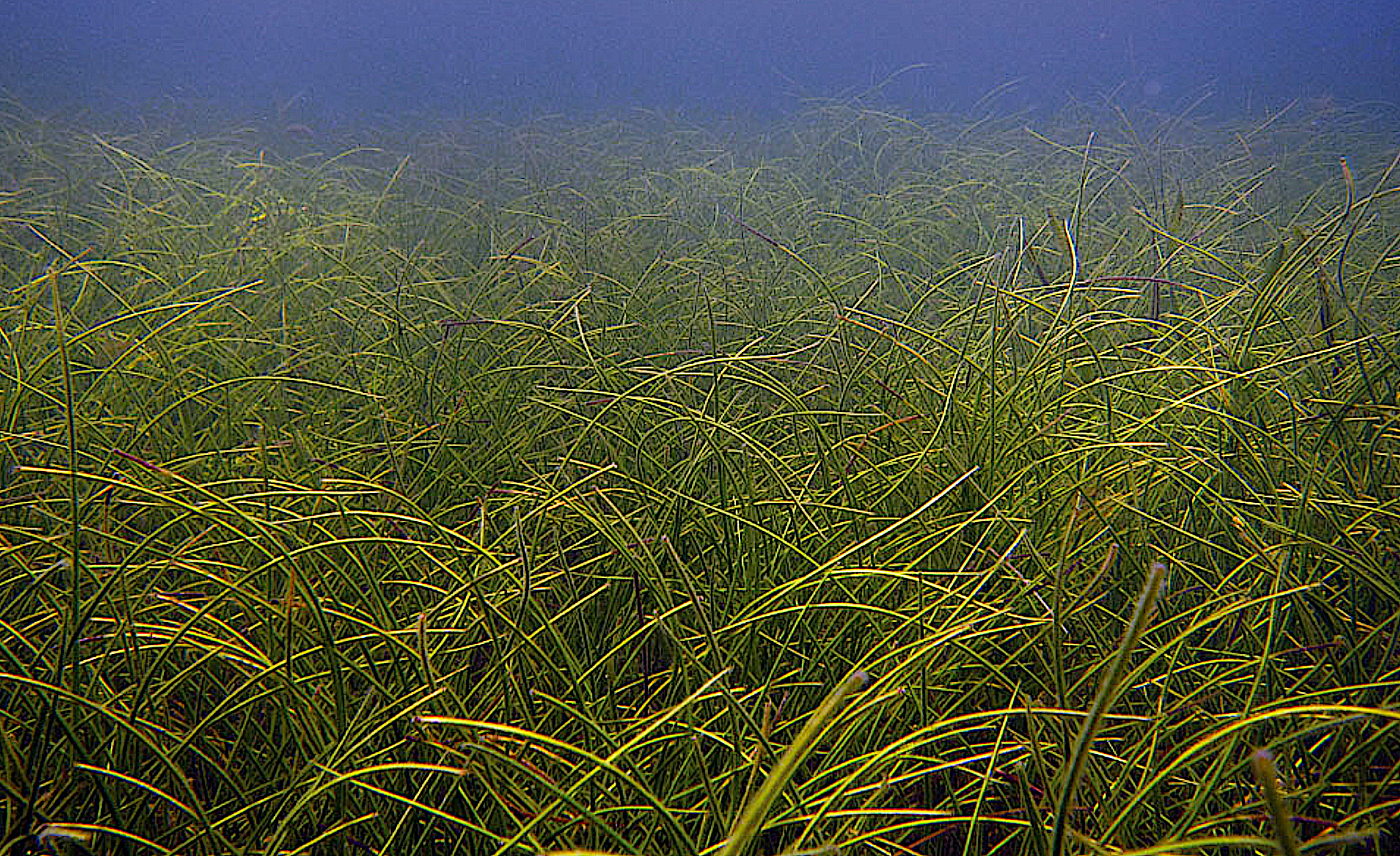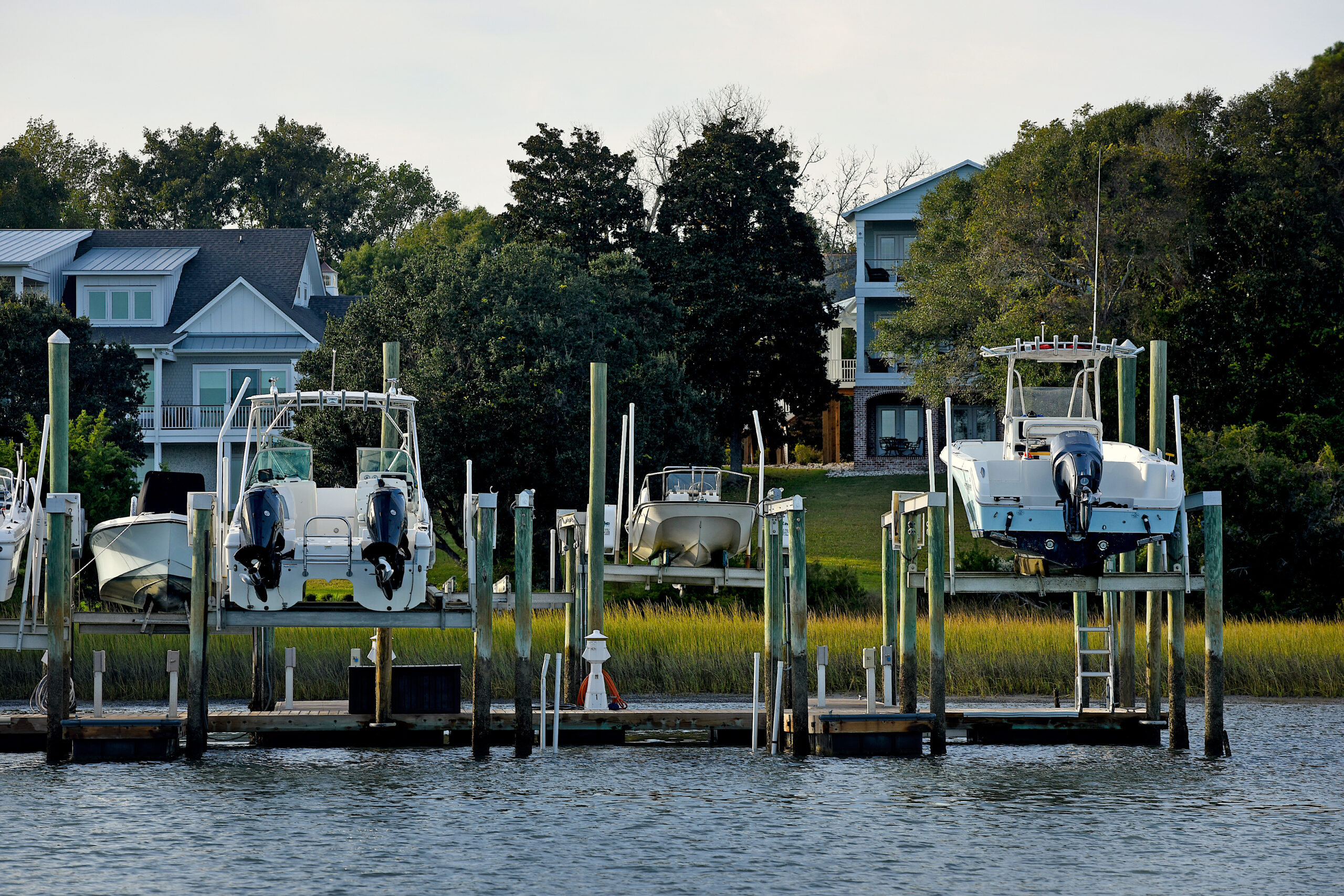Is a Solar-Powered Pleasure Craft for You?

Tired of paying for boat fuel? Researchers in Thailand developed a low-cost, solar-powered catamaran to ferry tourists between nearby islands.
Research Need
Internal combustion engines, requiring either gasoline or diesel as fuel, power the vast majority of pleasure boats. In fact, the four most common boat engine types are outboards, inboards, stern drives and jet propulsion. Although all of these engines have gotten greener over the years, low emissions can add up over time. Even the greenest combustion engines have a carbon footprint.
What if you owned a small, passenger ferry service boat but wanted to use a zero-emission power source? I’m not talking about powering your canoe or jon boat a short distance with a trolling motor. I’m talking about trying to push a bigger, multi-passenger vessel at a suitable cruising speed without a sail or an internal combustion engine.
Government tourism officials in Thailand have anticipated that a series of relatively isolated but naturally pristine islands will see dramatically increased visitation rates in the future. One such place is Ko Mak Island (above) in the Trat Province of Thailand. The island is accessible only by boat, and periodic electricity is available only by diesel generator.
Would a solar-powered passenger ferry service work to promote the islands as a low-carbon, sustainable tourism destination? Could such a vessel meet the expectations of both tourists and tour boat operators?
What did they study?
Relying on surveys from tourists and vessel-building entrepreneurs, the research team settled on a solar-powered catamaran design. The vessel was 25 feet long and 11 feet wide, powered by two 3-horsepower motors, and capable of carrying six passengers. Goals of the project included keeping costs at a minimum, less than $12,500 U.S. dollars per vessel, and using technology that locals could easily service and repair.
What did they find?
Researchers tested the catamaran by carrying three adult passengers (175 pounds each) on a typical 12-mile route between islands. At a normal cruising speed of 4.8 miles per hour (at 2,000 watts), the catamaran could travel up to 26 miles without recharging and, thus, complete a roundtrip to the island with power to spare. The roof and portions of the catamaran deck hosted the required 39-square feet of solar panels. Catamaran hulls housed the batteries that stored power.
What else did they find?
The maximum speed of the vessel was 5.7 miles per hour at 4,500 watts. The vessel, as built, cost $15,360, slightly more than anticipated, because builders had to fabricate the prototypes’ hulls from scratch, rather than existing molds.
Anything else?
This article is freely available on the internet and contains much more information, including schematics and vessel operating parameters by energy usage levels. The information would certainly be helpful for those considering solar-powered, open-ocean vessels.
Reading
Panprayun, G. and S. Pitaksintorn. 2018. Development and Evaluation of Solar Powered Catamaran for Sustainable Tourism in Southeast of the Gulf of Thailand. Inter. J. Renewable Energy Res., Vol.8, No.2, pp. 1124-1129.
No funding information appeared in this article.
Summary compiled by Scott Baker
Lead photo by A J Niccel under a CC BY-SA 3.0 US license (image edited)
The text from Hook, Line & Science is available to reprint and republish, but only in its entirety and with this attribution: Hook, Line & Science, courtesy of Scott Baker and Sara Mirabilio, North Carolina Sea Grant. HookLineScience.com
- Categories:



